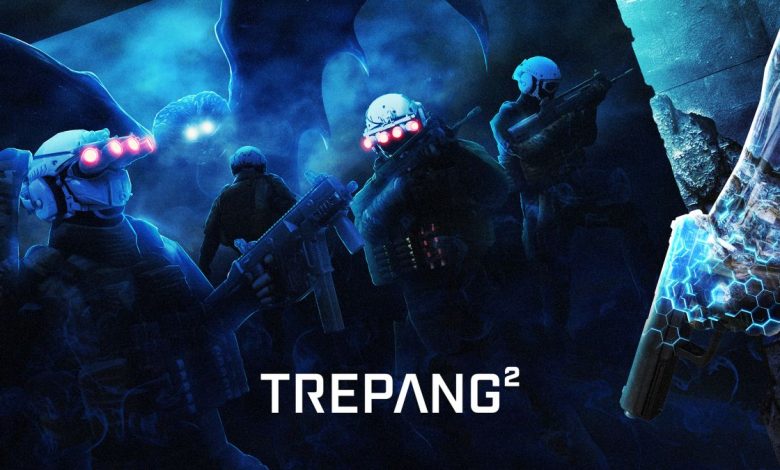
TREPANG2
The classic "joke" that floats in the air whenever Trepang Studios' Trepang2 is mentioned is: "oh well, when was the first part released?". The answer lies in the fact that it's not a sequel to some unspecified Trepang game, but rather the word Trepang squared. Now, what exactly that means, I'll fool you. In essence, what we're interested in is that...Trepang*Trepang (sic) is an indie single-player (oh, yes, there are such things) FPS that's been in development for many years that has clear influences from Monolith's classic and beloved F.E.A.R.
Admittedly, it's a very ambitious effort, as even with today's standards, despite its age, the original F.E.A.R. still stands up decently in both graphics and gameplay mechanics, with its excellent bullet-time implementation and advanced AI. But 18 years later, does Trepang2 manage to stand up to its inspirer? Hardly.
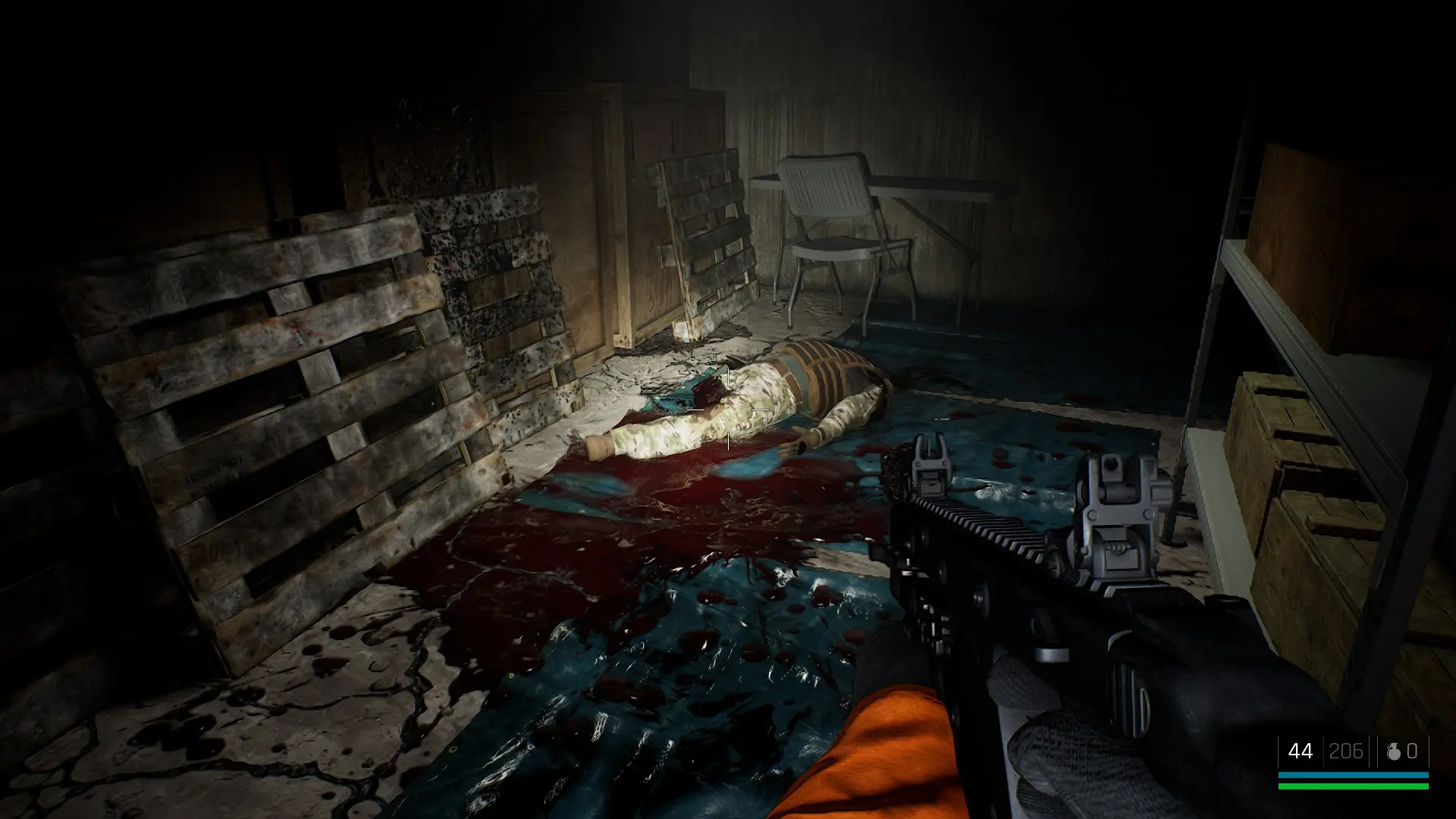
The cause of our rejection is not its clearly low-budget production values, which are more obvious than the complete lack of cut-scenes, the highly predictable story and the futile (?) attempt to create an interesting concept, solely through the collection and reading of dozens of logs (really, who reads logs in FPS?). After all, the aforementioned are mostly the "extras", which we can very happily overlook if the core gameplay is strong, as was the case in the recent Warhammer 40k: Boltgun. However, Trepang2 falls short elsewhere: in the way it integrates its excellent combat system into the action design and level implementation, as if the developers didn't know how to manage and evolve the "treasure" they had in their hands.
So, Subject 106, as is the code name of our super-soldier protagonist, intends to go through six (relatively long) levels, leaving not a soul unharmed. His "super-soldier" status is attached to him by two characteristics: on the one hand, he can, for a limited period of time, make himself invisible to enemy eyes, and on the other hand, he has the terrifying "Focus" power, which allows him to move with incredible speed, which is reflected on our screen as if the enemies were moving in slow motion. The bullet-time we all know, which is one of the best implementations we've ever seen.
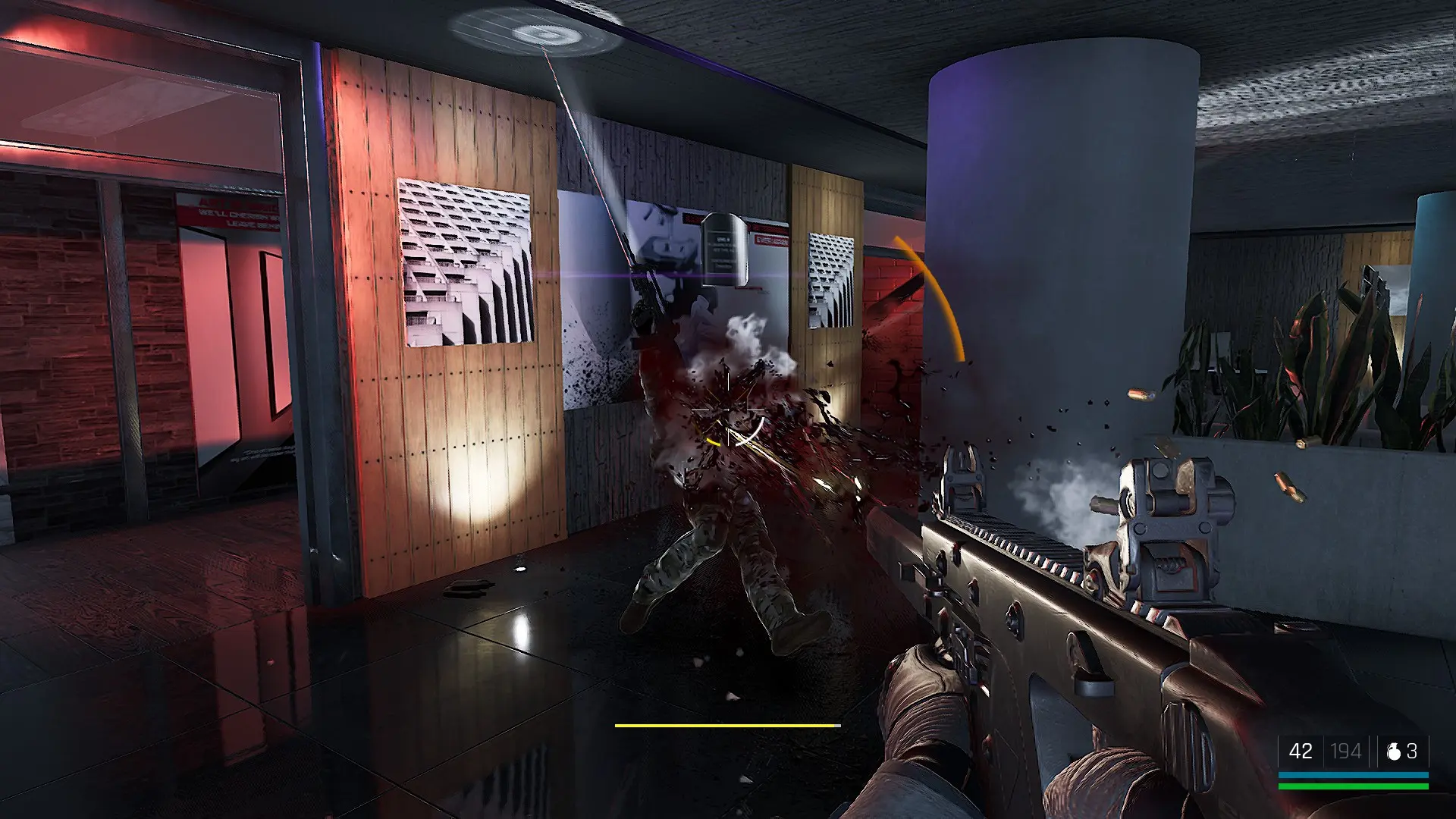
Indeed, Trepang2's bullet-time is both impressive and enjoyable, and is actually the main reason for the player's engagement with the game. Taking out an entire platoon of poor commandos with a series of headshots without them even having a chance to see you, or invisibly stabbing them in the back and then ripping them to shreds with a shotgun, has its own wild "beauty" too. Subject 106's ability to grab dazed enemies and snap their necks like a straw, or throw their carcasses at the rest of the enemy like a sack of potatoes, make it powerful in hand-to-hand combat as well, while the fancy slide move that piles any unfortunate soldier in its path to the ground sustains the "myth" that this is the near-absolute war machine.
The "near-absolute" here is not accidental, as for some reason, the hero gets tired quickly when sprinting, so he has to stand for two or three seconds to catch his breath, and the fact that he can only carry up to two types of weapons at the same time contrasts with his "macho" image. In one sense, the developers' choice to somewhat limit Subject 106's powers makes sense in order to keep the game from becoming a walk in the park; on the other hand, there are moments when these limitations really do "choke" you, to the detriment of the fun.
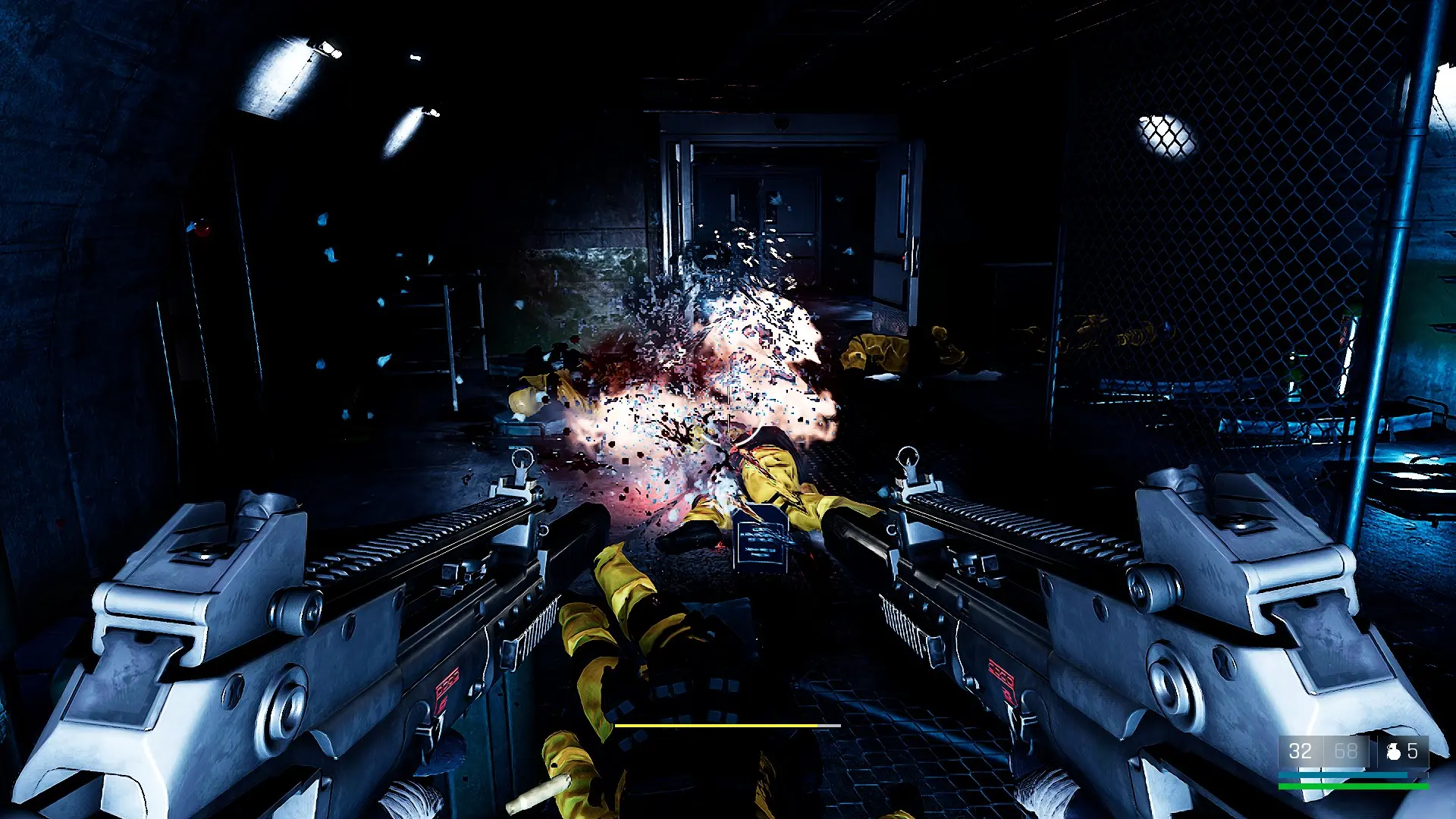
All levels are implemented in purely linear paths, with minimal deviations concerning the collection of (what else?) logs, as well as some (relatively uninteresting) weapon parts, the way of dealing with challenges seems more or less premeditated. Sure, in each battle, there are various weapons we can use, replacing the ones we already have if we run out of ammo (not at all rare), but the differences between them are minor, and we often end up with the tried and tested assault rifle-shotgun diptych, with some always grenades for the tough times. Nevertheless, the feel of the weapons is solid, in particular the use of the shotgun is enjoyable, especially when we are later given the option of dual-wielding.
However, the AI of the enemies, i.e. the strongest point of F.E.A.R., is unfortunately procedural here, with the challenge rising more thanks to their increased numbers and their annoying (to the point of cheat) accuracy, than to any way they try to flush us out. The consequence of this is that the battles become more repetitive than you'd expect, often making the gameplay boring. Trepang2 isn't as exciting as it thinks it is, although it honestly tries to change the formula, with objectives that stray slightly from "kill everything that moves". And in a few snippets of some levels, the horror element makes an appearance, with monsters that you'd think escaped from The Callisto Protocol, yet it's simplistically designed and, at times, rather tedious for the style of the game, since you can't replenish ammo and armour by killing them.
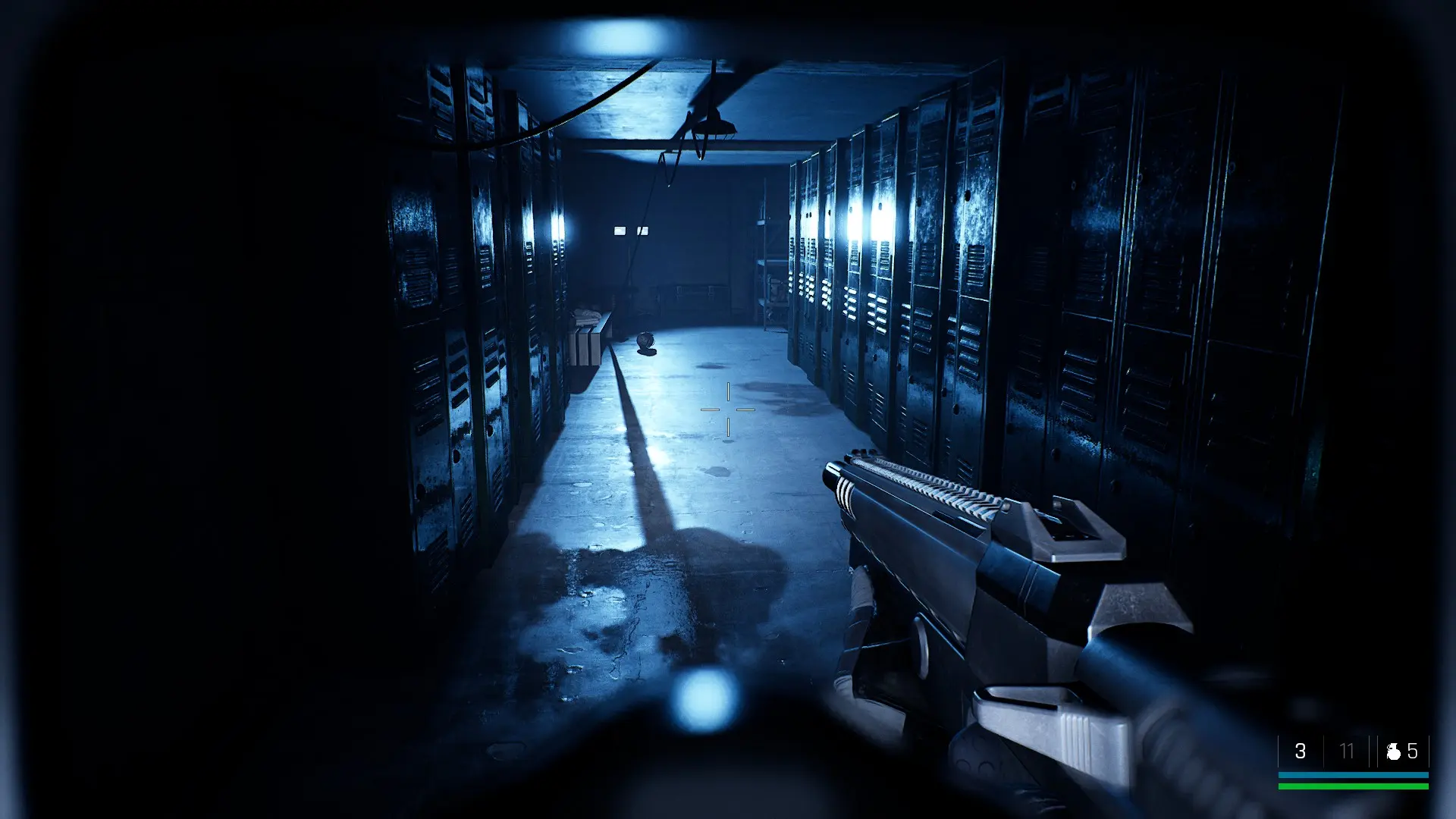
This is offset by the bosses, which are formidable and each one requires different tactics to take down, often pushing us to the limits of our patience. Especially if we are playing on a level harder than Normal, Trepang2 can be particularly hard on the player, let alone when using the save point tactic, which is sometimes not so generous in frequency. However, this "cruelty" can become equally very unfair, especially if the automatic save point saves our position, leaving us with little ammo and low health levels, which may result to a restart of the entire level.
It's worth noting that the game's duration is satisfactory, with the campaign lasting about six to seven hours (depending on the difficulty level you choose, of course), while there are quite a few side missions and an interesting combat simulator that confronts waves of enemies, which highlights the achievement of the people of Trepang Studios to the fullest extent. The lack of a high budget makes its presence felt here as well, with the side missions being nothing more than variations of the King of the Hill mode of multiplayer games against bots. Therefore, the engagement with Trepang2, beyond the hours of the campaign, can continue for several more hours, as long as you loved its combat system.
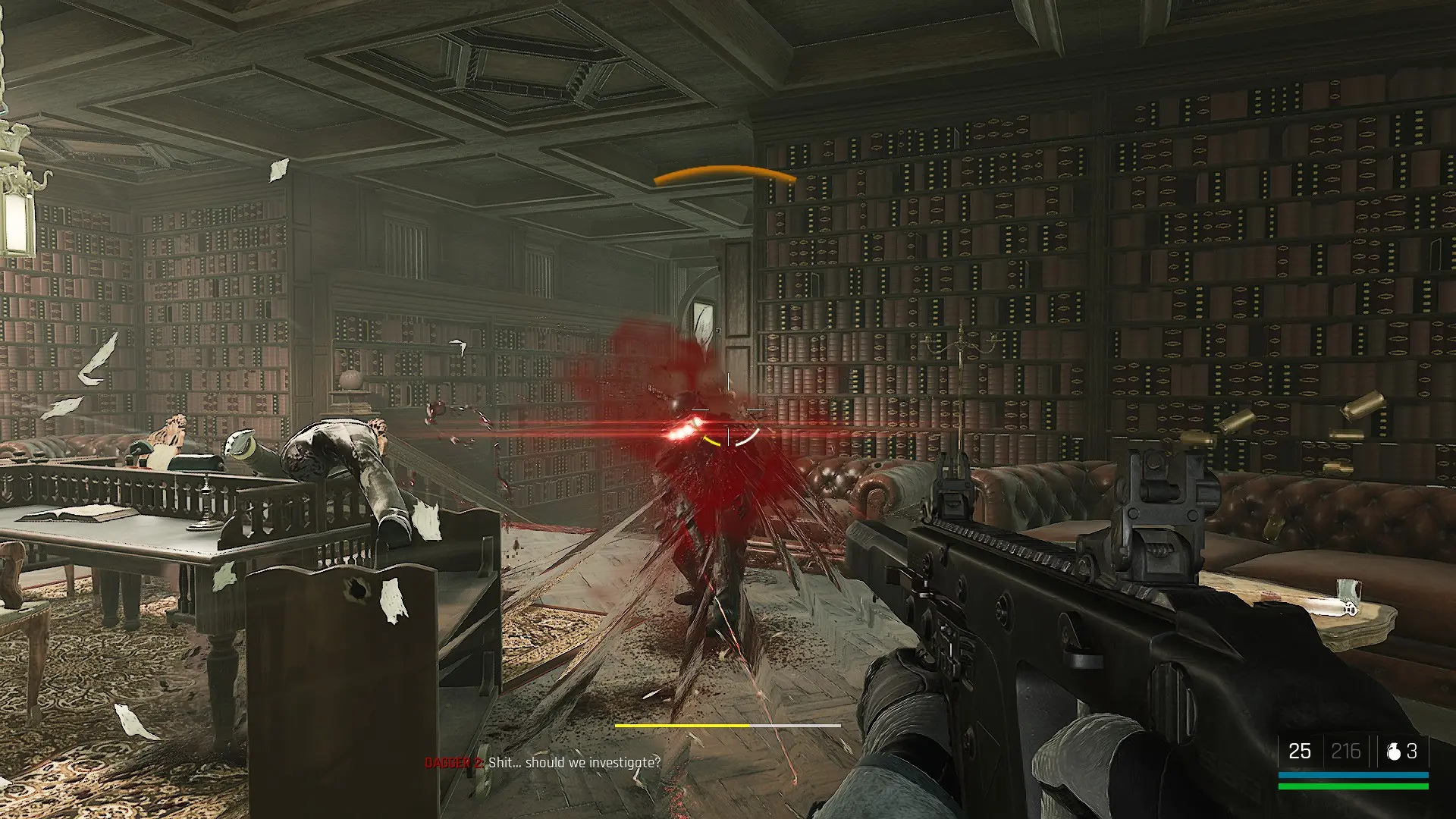
Because in essence, there's not much of note yet, so as to further claim the player's interest. The graphics quality is above average, not jaw dropping, but it's perfectly functional, with a satisfyingly destructible environment, by all accounts (we're not talking about AAA production). Its low hardware requirements advocate for the fast-paced action, while in the sound aspect, the deafening effects of gunfire and explosions stand out, of course. The rest is limited to some nice voice-overs and a dynamic soundtrack, commensurate with the on-screen action, without being anything special.
In short, Trepang2 could have been a gem in the FPS genre, as it has an enviable combat mechanic, but the rest of the structure is mediocre. However, the foundations it lays are solid, so a potential sequel is capable of being a milestone for the genre, as was the case with its inspirator.
RATING - 70%
70%
BangBang
Thunderous action and impressive bullet time implementation, but... that's about it.







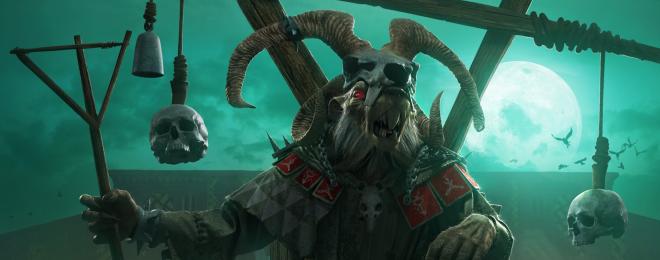
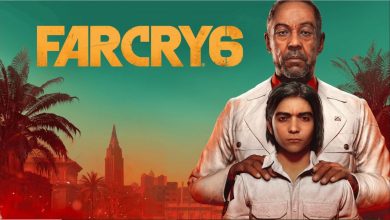

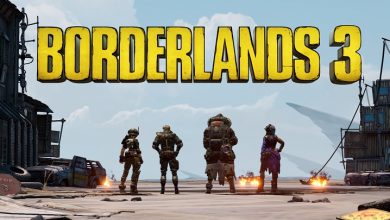

data-trpgettextoriginal=6 comments